T1 Energy announced it has acquired minority equity stake in Talon PV in a move to advance its pursuit of U.S. solar manufacturing.
Talon PV is building a manufacturing facility in Baytown, Texas where it plans to produce 4.8 GW of solar cells. The facility is expected to reach commercial operations in Q1 2027 and employ roughly 1,000 people in the Houston area. The company is majority owned by Eagle Group, a diversified industrial firm.
T1 Energy is set to be a major player in solar manufacturing in Texas as well. It is currently constructing an $820 million cell fab in Austin called G2. G2 Austin is expected to begin producing solar cells in the second half of 2026 and is planned to reach an annual output of 5 GW of cells per year. The facility is expected to create up to 1,800 full-time jobs. T1 Energy said the site will produce advanced TOPCon solar cells.
Under terms of the deal, T1 has entered into a Simple Agreement for Future Equity (“SAFE”) to acquire an equity stake in Talon. T1 and Talon remain in discussions to potentially deepen the strategic relationship in the future.
“Expanding the output of American solar cells is necessary to support energy security, achieve regulatory compliance and build an American solar industry based on advanced manufacturing and cutting-edge solar technology,” said Daniel Barcelo, T1’s chief executive officer.
In August, T1 Energy signed a deal to purchase Corning’s purified polysilicon and solar wafers produced at its Michigan manufacturing campus.
Starting in the second half of 2026, Corning wafers are expected to be delivered to T1’s solar cell facility in Austin, Texas. The solar cells produced at the Austin site will then be assembled as completed solar modules at T1’s Dallas site.
“Together, we’re building scalable, non-FEOC supply chains that deliver true domestic content and reinforce America’s energy independence and national security,” said Adam Tesanovich, co-founder and chief executive officer of Talon.
In the solar supply chain, polysilicon must be mined and refined, forged into ingots, sliced into wafers, manufactured into cells and then framed and assembled as modules. While the U.S. solar manufacturing supply chain has added an impressive 60 GW of annual module assembly capacity, it severely lacks in capacity for earlier and more expensive stages, like cell manufacturing.
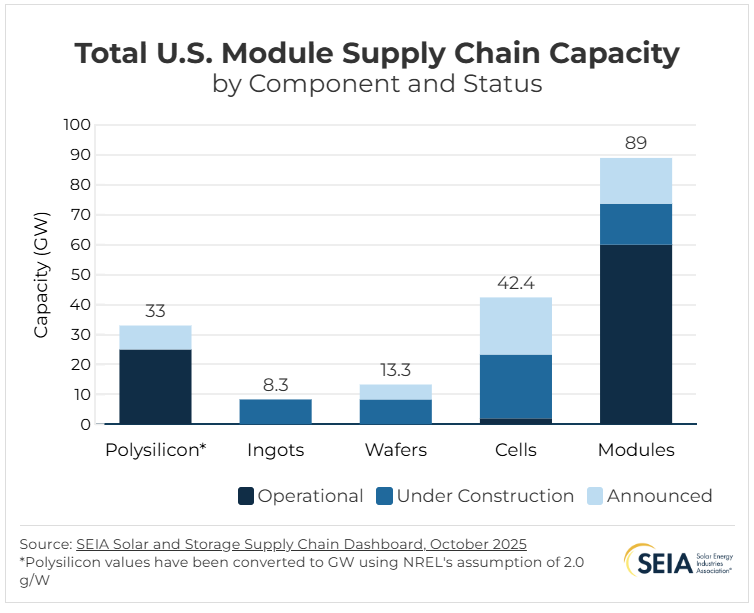
Currently, the Solar Energy Industries Association (SEIA) reports that the U.S. has 2 GW of annual solar cell manufacturing capacity with another 21.3 GW under construction. In 2024, the United States installed about 50 GW of solar, increasing 21% year-over-year.
In 2024, cell manufacturing was onshored for the first time since 2019, said SEIA. As solar cell factory announcements like T1 and Talon’s Texas projects come online, the U.S. is entering an unprecedented phase domestic clean energy manufacturing.
This content is protected by copyright and may not be reused. If you want to cooperate with us and would like to reuse some of our content, please contact: editors@pv-magazine.com.
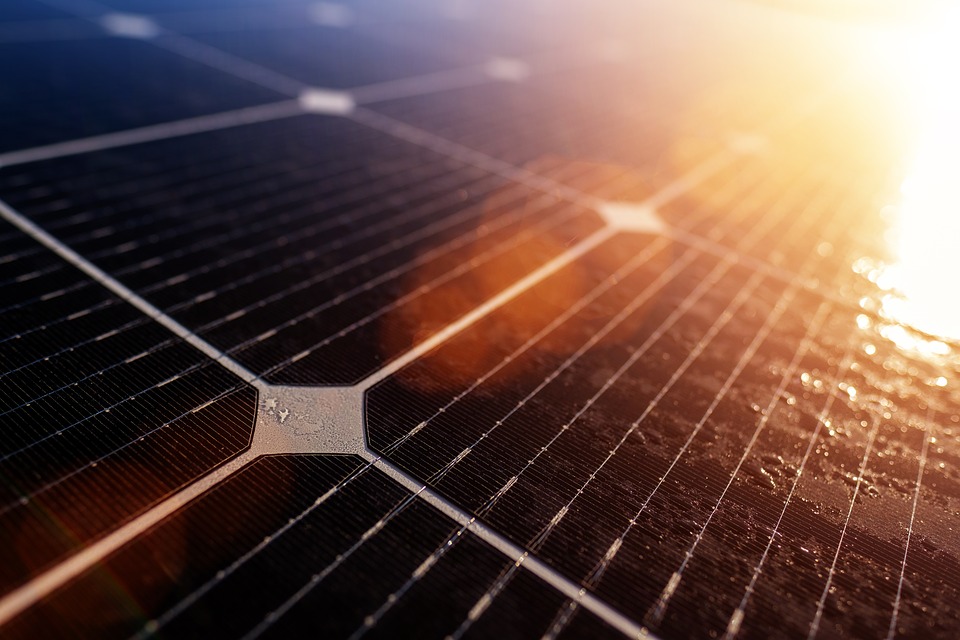
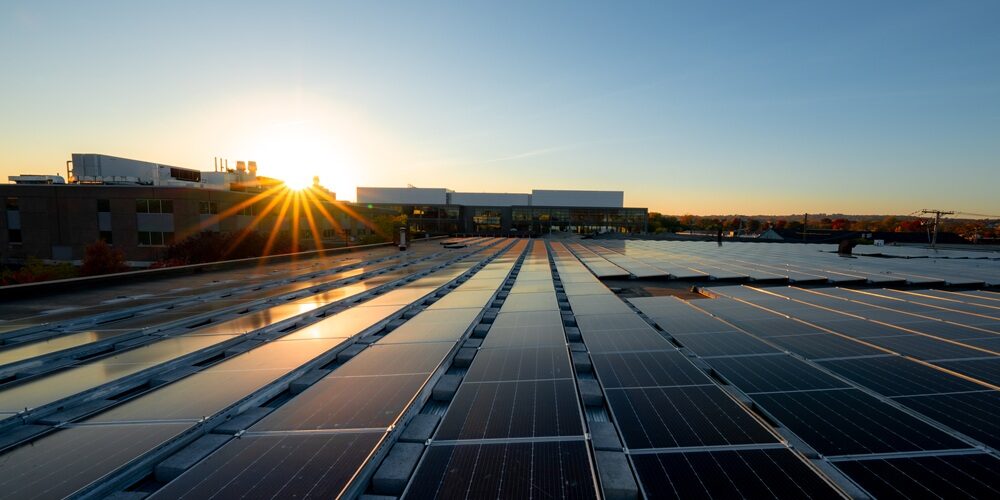


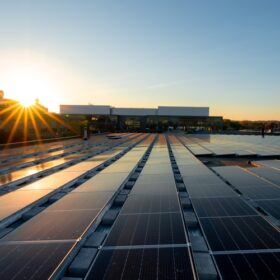

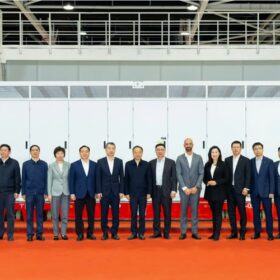
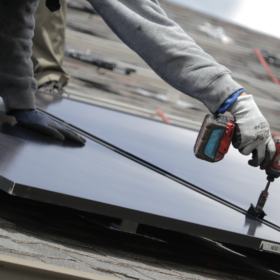
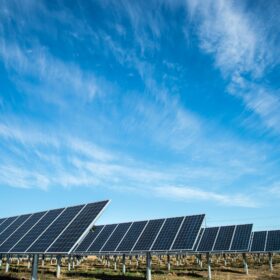
By submitting this form you agree to pv magazine using your data for the purposes of publishing your comment.
Your personal data will only be disclosed or otherwise transmitted to third parties for the purposes of spam filtering or if this is necessary for technical maintenance of the website. Any other transfer to third parties will not take place unless this is justified on the basis of applicable data protection regulations or if pv magazine is legally obliged to do so.
You may revoke this consent at any time with effect for the future, in which case your personal data will be deleted immediately. Otherwise, your data will be deleted if pv magazine has processed your request or the purpose of data storage is fulfilled.
Further information on data privacy can be found in our Data Protection Policy.